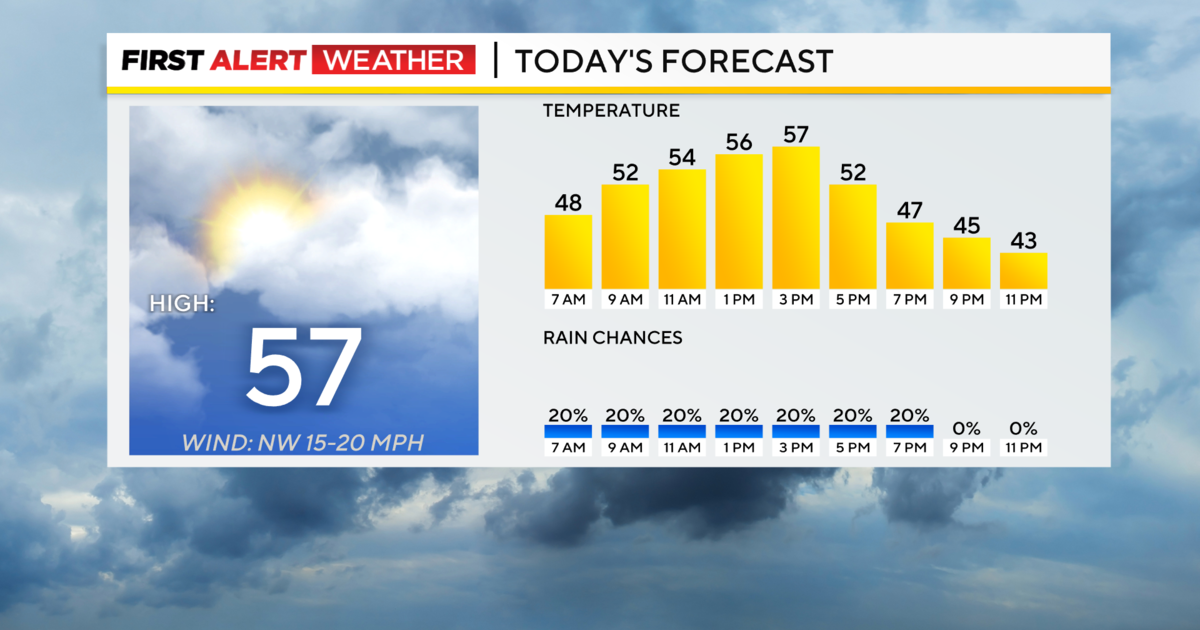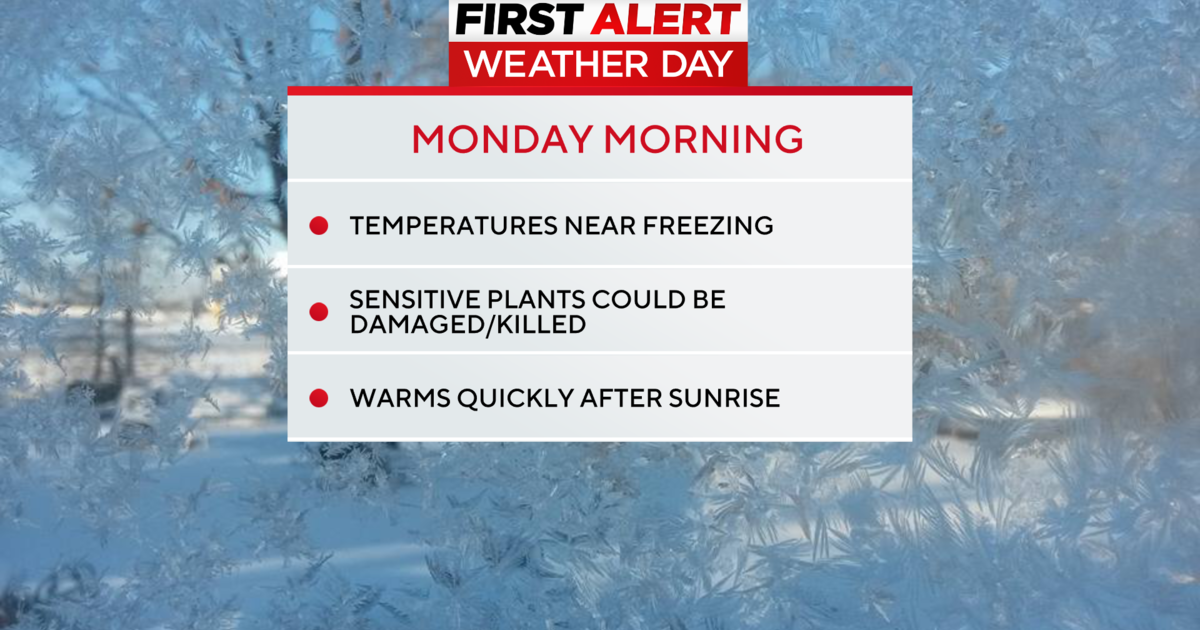Hey Ray! How To Determine How Far Away A Thunderstorm Is From You
PITTSBURGH (KDKA) -- Can you really tell how far away a thunderstorm is by counting the seconds between the flash of lightning and the boom of thunder?
The answer is yes, but there is a little more to it than that.
First of all, thunder is caused by lightning's incredible heat.
When lightning happens in a storm, it causes the air next to the bolt to almost instantly heat up to as high as 50-thousand degrees.
Yeah, five times hotter than the surface of the sun!
Right after the flash, the air cools almost as quickly.
So, the heat causes a big, quick expansion, then the cooling causes the air to quickly contract, creating a thunderous sound wave.
Since light travels at 186 thousand miles per second, we see the flash almost instantly.
Sound is a bit slower. It takes about 5 seconds to travel one mile.
Since we know that sound takes 5 seconds to travel one mile, if you count the seconds between the flash and the boom -- some people use "One Mississippi." In our house we use "Pittsburgh Penguin," then Divide by five, you can determine how far away the storm is.
A loud crack or boom indicates that the lightning channel was nearby.
If the thunder sounds more like a rumble, the lightning was several miles away.
When you listen to thunder, you'll first hear the thunder created by that portion of the lightning channel that is closest to you first, followed by the part that is further away.
That is another reason you would hear a rumble.
No matter how many Pittsburgh Penguins away the storm is, though, if you can hear thunder, you are close enough to the storm to be struck by lightning, so when thunder roars, get indoors.
WEATHER LINKS:
Current Conditions | School Delays & Closings | Local Radar | Weather App | Photos
Stay up to date with the KDKA app, which you can download here.




